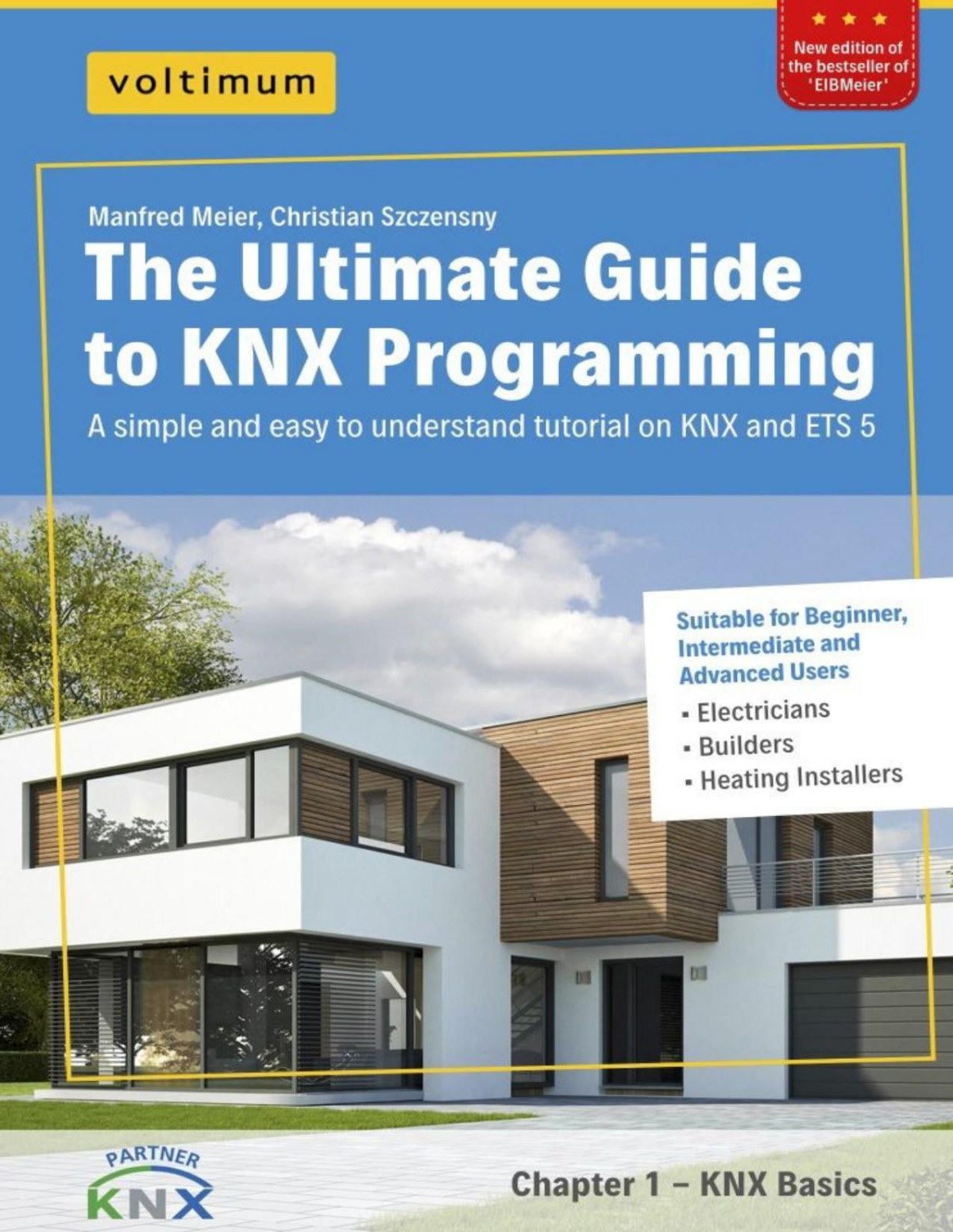

Most ebook files are in PDF format, so you can easily read them using various software such as Foxit Reader or directly on the Google Chrome browser.
Some ebook files are released by publishers in other formats such as .awz, .mobi, .epub, .fb2, etc. You may need to install specific software to read these formats on mobile/PC, such as Calibre.
Please read the tutorial at this link: https://ebookbell.com/faq
We offer FREE conversion to the popular formats you request; however, this may take some time. Therefore, right after payment, please email us, and we will try to provide the service as quickly as possible.
For some exceptional file formats or broken links (if any), please refrain from opening any disputes. Instead, email us first, and we will try to assist within a maximum of 6 hours.
EbookBell Team

5.0
110 reviews************************
More than 1,000 electricians and homebuilders were trained using this ebook!
************************
Regardless of your profession and training, we guarantee that with a few PC skills and our step-by-step KNX programming guide you will be able to learn how to use KNX and ETS 5 within a very short time. Many practical tips complement these instructions and this course is a good reference for all those who are not familiar with the subject matter on a daily basis.
On 370 pages you will learn everything you need to know about KNX. We don't waste time with unnecessary theory, we only teach the important things!
After a short introduction to KNX and the topology (Chapter 1), we will introduce you to all the functionalities of ETS 5 in Chapter 2.
Our project guide (chapter 3) teaches you step-by-step how to plan, build and program a project. Many tips from over 20 years of practical experience show you how you can save time and thus money in the implementation.
Our chapter about ready-to-use solutions (chapter 4) show you how to implement certain functionalities. They are a nice reference for standard functionalities for different types of switching, dimming and weather-dependent shading.
The last chapter 5 explains heating control with KNX and how to parameterise the different operating modes.